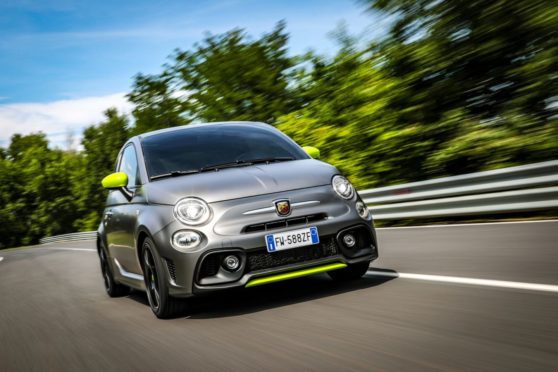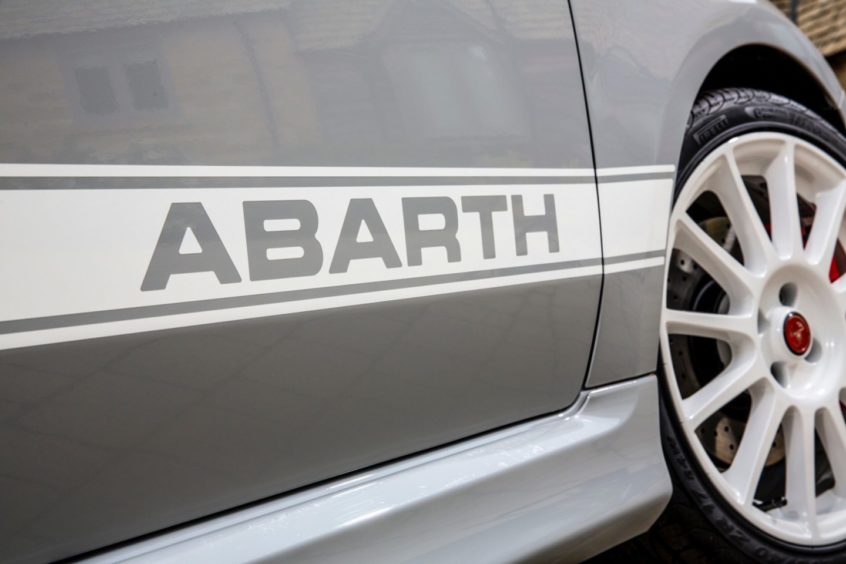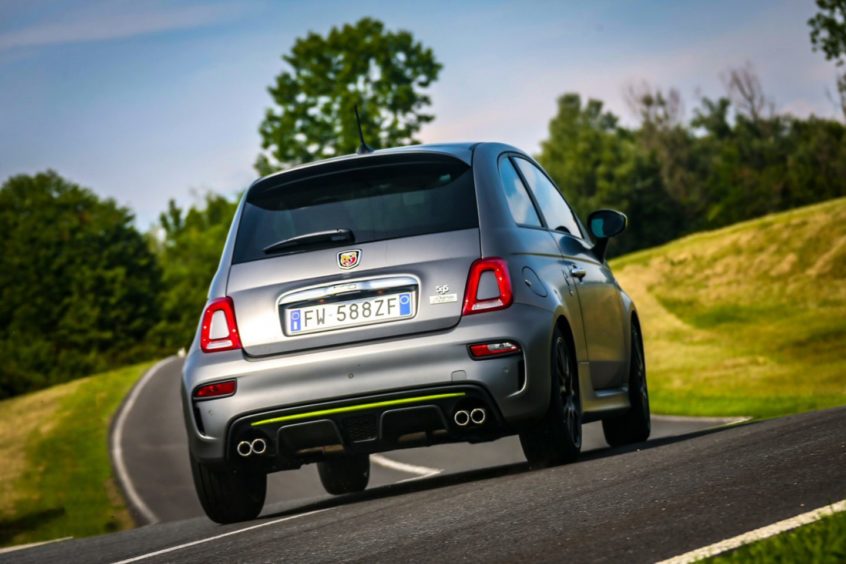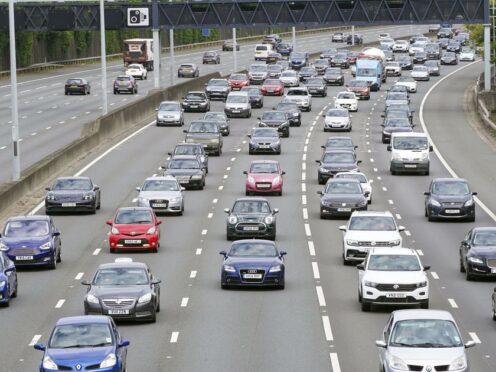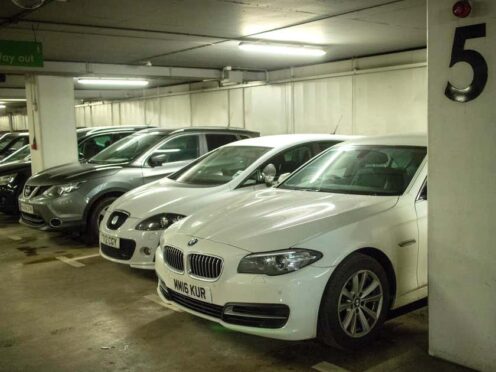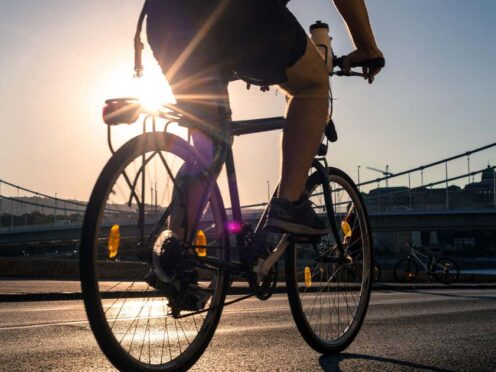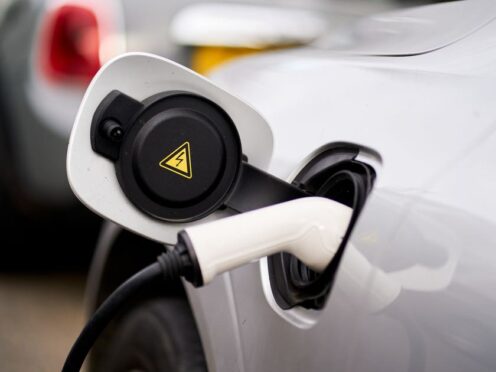The Abarth name might be a bit of a mystery to some younger buyers who won’t remember it being plastered over hot Fiats of the 1970s and early ’80s.
The Abarth name has been owned by Fiat since 1971, but it was originally the racing team of Karl Abarth, founded in Turin in 1949.
A long and illustrious competition history lent the Scorpion badge quite some kudos and those of a certain age will go a little dewy eyed remembering cars like the Autobianchi A112 Abarth and the Fiat 131 Abarth.
In later years, Fiat used the badge sparingly, although it appeared on some fairly undistinguished vehicles like the Fiat Stilo. These days, Abarth is a separate division, housed in the old Mirafiori factory. It’s responsible for these Abarth 595 models, probably the best cars to wear the badge for years.
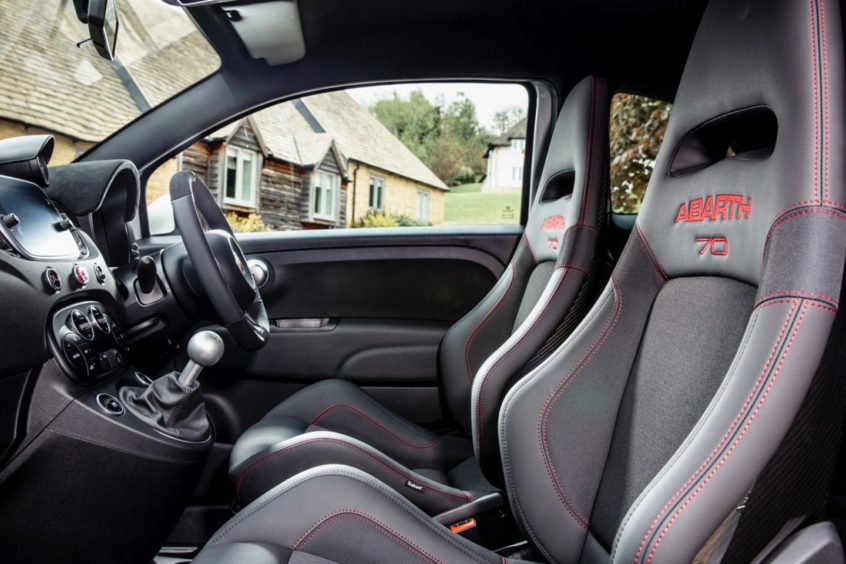
The Abarth 595 range starts from just under £16,500 for the 145hp model, but most Abarth 595 buyers choose a 165hp version of the same 1.4-litre petrol turbo engine, this the unit fitted to Turismo variants.
In the great scheme of all things hot hatch, 165hp isn’t a huge hill of beans. You can get hatches with more than double that power output, but as recent developments in sports car manufacture has shown, more power isn’t always analogous with more fun.
The next stage up lies with Competizione and Esseese variants which boast an uprated 180hp output.
Flog the 165hp version off the line and the 1.4-litre T-Jet turbocharged petrol engine will deliver 60mph to you in a mere 7.1 seconds en route to a top speed of 127mph.
In the 180hp Competizione derivative, those figures improve to 6.7s and 140mph.
That should be quick enough to get your jollies, especially when peak torque is achieved at a mere 3,000rpm. Usable power in a small package? Brilliant.
The engine uses an over-boost function which modulates the amount of available turbo boost and is activated by a sport button on the steering wheel.
Carried over from the 500 model is Torque Transfer Control, which helps to improve the transfer of torque to the driven wheels. The car is fitted with a five-speed manual gearbox.
It’s hard to go too far wrong with a donor vehicle as pretty as the Fiat 500, but making it look convincingly mad, bad and dangerous to know is an altogether tougher task.
The Competizione is identified by its 17” alloys, red or yellow brake calipers, record grey paint, dark tinted rear windows and an optional opaque Abarth racing side stripe.
Go for the Turismo instead and you’ll get front brake discs which are cross-drilled and ventilated, while the rear discs are cross-drilled.
For a more unique touch, there is the option to specify either red or yellow calipers.
Over the brakes are the exclusive 17” Abarth alloy wheels featuring the scorpion detail.
Available exclusively to the 595 Turismo is the Abarth special two-tone paint available in Grigio Pista (Racing Grey) or Rosso Officina (Works Red).
On all 595 derivatives, the interior is snug, with the front two well supported by sports seats, though the rear chairs are best left for bags or very small kids. The boot is a paltry 185-litres and even when you fold the rear seats and load the car to the roof, there’s only a little bit more room than you’d get in the boot of a BMW 7 Series.
Prices for the 595 models start at around £16,500, which gets you the base 145hp variant.
There’s a £2,000 premium for the cabriolet bodystyle while 165hp Turismo and Pista variants start from just under £20,000.
You should find that day-to-day running costs won’t break the bank as its 1.4-litre T-Jet powerplant is one of those modern turbocharged engines that actually returns really good fuel economy.
The quoted economy figure for a manual Abarth 595 Turismo is 42.8mpg on the combined cycle and even around town it’ll manage over 30mpg.
Emissions are pegged at 149g/km. The manual Abarth 595 Competizione 180hp manages 41.5mpg on the combined cycle.
Abarth has hit this nail squarely on the head.
